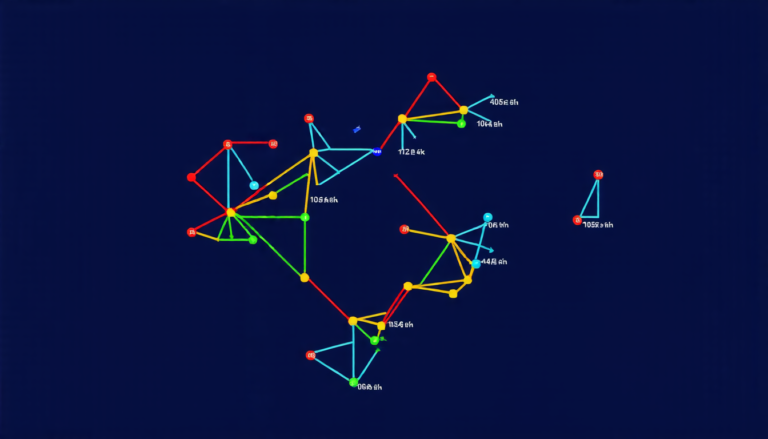Saturday 22 March 2025
Researchers have made a significant breakthrough in understanding how particles move through complex environments, such as the ones found in living cells or porous materials. The discovery could lead to new insights into biological processes and improve our ability to design more efficient materials.
The study focused on particles that are confined to a small space and subject to external forces, such as temperature fluctuations or magnetic fields. In these conditions, the particles’ motion is influenced by their interactions with the surrounding environment, which can be complex and unpredictable.
To better understand this behavior, scientists used a combination of theoretical models and computer simulations to study the motion of particles in periodic potentials. These are environments where the force acting on the particle varies periodically as it moves through space.
The researchers found that when the frequency of these potential fluctuations matches the natural oscillations of the particle, its motion becomes more complex and difficult to predict. This is because the particle’s velocity and position become correlated with each other, making it challenging to model its behavior using traditional methods.
However, by analyzing the statistics of the particles’ motion, scientists were able to identify a new type of diffusion that occurs when the frequency of the potential fluctuations matches the natural oscillations of the particle. This diffusion is characterized by a non-trivial dependence on the strength of the external force and the properties of the environment.
The discovery has significant implications for our understanding of biological processes and the design of materials with specific properties. In living cells, particles such as ions or proteins move through complex environments, including membranes and cytoskeletons, which are subject to various forces and fluctuations.
Understanding how these particles move could provide insights into biological processes, such as protein folding or ion transport across cell membranes. Additionally, the discovery of this new type of diffusion could lead to the design of materials with improved properties, such as enhanced conductivity or mechanical strength.
The study’s findings also highlight the importance of considering the interplay between particle motion and environmental fluctuations in complex systems. By taking into account these interactions, scientists can gain a deeper understanding of how particles move through complex environments and develop new strategies for designing materials and biological processes.
In the future, researchers plan to explore the implications of this discovery further, using both theoretical models and experimental techniques to study the behavior of particles in various environments. This could lead to new insights into the fundamental physics underlying complex systems and the development of innovative technologies that harness these principles.
Cite this article: “Unlocking the Secrets of Particle Motion in Complex Environments”, The Science Archive, 2025.
Particles, Motion, Complex Environments, Biological Processes, Materials Design, Diffusion, Periodic Potentials, Frequency Fluctuations, Oscillations, Statistical Analysis







